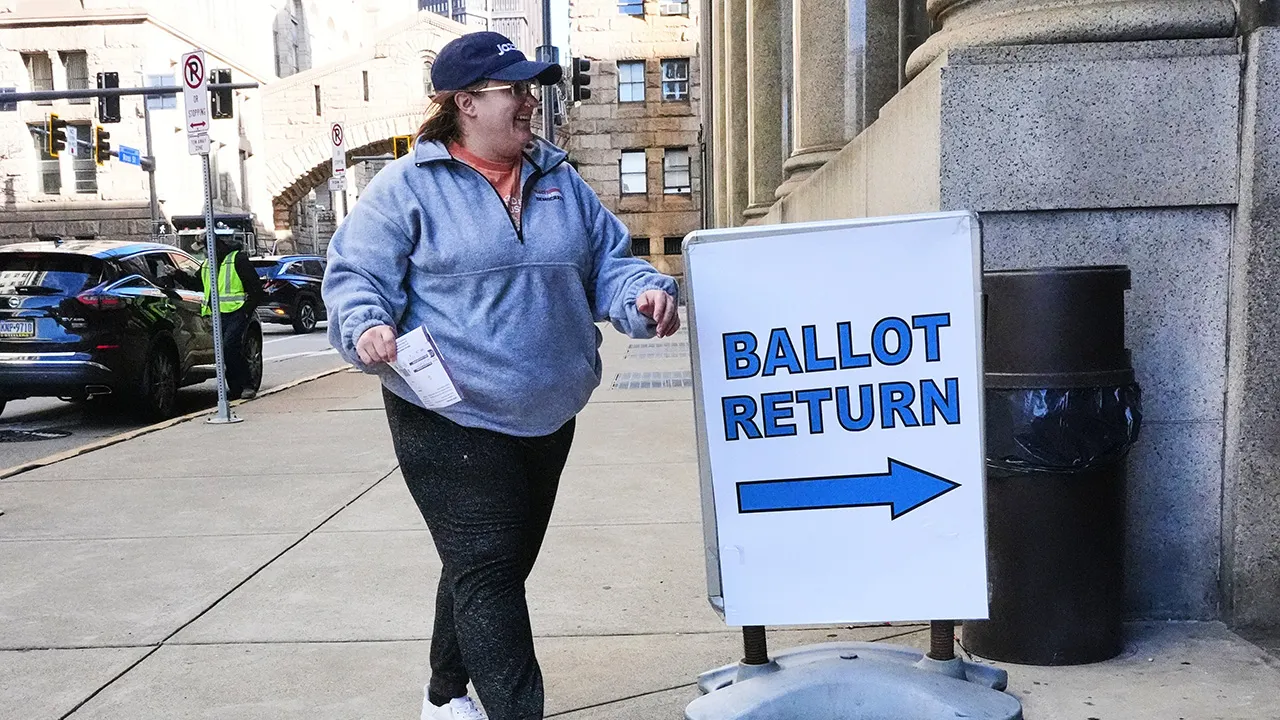ANCHORAGE, Alaska (KTUU) – A planetarium at the University of Alaska Museum of the North in Fairbanks has been in the works for years. And it’s only a few months away from opening, according to University of Alaska Museum of the North Director Patrick Druckenmiller.
It has been an idea for decades, but construction began about a year ago on the University of Alaska Fairbanks’ campus in collaboration with the Geophysical Institute, Druckenmiller said.
“What this facility will essentially allow us to do, is welcome, when thousands of people per year that come to our museum an opportunity to see things like the Aurora in a planetarium setting. Because, of course, that’s not something they’re going to see when they’re visiting in the summer. But it’s also going to be the coolest, newest classroom on the UAF campus,” he said.
Druckenmiller said it will be Interior Alaska’s first planetarium.
“There are three others in the state, two in Anchorage, one in Juneau,” he said. “It’s also going to be the northernmost planetarium in North America, which is also kind of a cool claim to fame for our facility.”
The 65-seat planetarium is a roughly 5,700 square foot addition to the existing museum, he said.
“When you walk into the planetarium space, which you’re going to see is this big dome above your head. It’s about 11 meters, or about 36 feet, in diameter. And it’s actually sort of suspended from the ceiling. And it’s tilted at about a 17-degree angle towards the front of the room. That’s to help make people feel comfortable looking up and not having to crank their neck to look up at the sky,” he said.
The planetarium’s content will not be strictly space related.
“We intend to showcase a lot of other really cool aspects of things relating to Alaska and the Arctic. And of course, it’s indigenous peoples,” he said.
Druckenmiller is excited for the opportunity to use the planetarium to highlight University of Alaska research.
“For example, the Geophysical Institute is a major place for research into the atmosphere, other geophysical phenomena, including the aurora, solar physics, you name it,” he said. “This planetarium is now going to be a place to share some of that cool science, rather than us just simply bringing in science from elsewhere. We’re doing it here in Alaska. So, it’s a wonderful showcase for Alaskan-based research.”
The bulk of the building construction cost was paid for by two longtime Fairbanks residents.
Walt and Marita Babula’s $7.4 million donation funded much of the construction of the building, Druckenmiller said.
The planetarium will be named after them, the university said.
The Babulas want the planetarium to “enable space science education opportunities for K-12 and higher education students,” according to a statement from a university press release.
“We also envision the planetarium as a place that will spark the curiosity of Alaskans and visitors from around the globe about our Alaska culture and vast universe,” they continued.
“They, out of the incredible generosity of their heart, really wanted the museum to be a place where we could also have a planetarium to share all the wonderful things about space science and astronomy, particularly with the kids that live here in interior Alaska,” Druckenmiller said.
Other donors include the M.J. Murdock Charitable Trust, as well as Sarah and Cary Keller who have been longtime UAF supporters, according to the university. Michael and Lynn Rice Estate, Davis Constructors & Engineers and RESPEC also contributed to the project.
See a spelling or grammar error? Report it to web@ktuu.com
Copyright 2025 KTUU. All rights reserved.


























